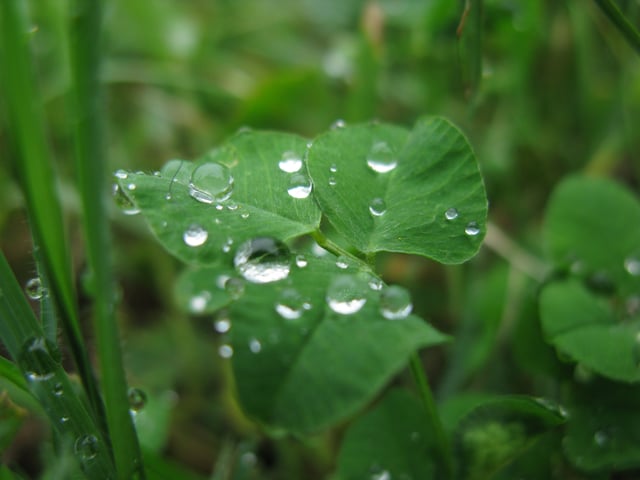
After the observation of superhydrophobic and self-cleaning properties of the lotus leaf, non-wetting surfaces have gathered an enormous interest among the scientific community. Based on the microscopic structure of the lotus leaf, artificial superhydrophobic surfaces have been developed in research groups around the world. Relatively quickly these non-wetting surfaces also found practical usage in applications like self-cleaning, antifogging and anti-icing materials and as coatings on textiles, to name a few. With increasing understanding of the superhydrophobicity and its potential applications, the measurement methods to quantify the degree of hydrophobicity deserve some thought.
As by definition superhydrophobic surfaces should have contact angles over 150° and the contact angle hysteresis should be low. For this reason, advancing and receding contact angles are routinely measured. The preferred method for the advancing and receding contact angle measurements, used with superhydrophobic surfaces, is the needle method by slowly increasing and decreasing drop volume. In addition to advancing and receding contact angle, the measurement of the sliding or roll-off angle is also related to contact angle hysteresis. Although the above mentioned contact angle methods are relatively developed, they are not sensitive enough to measure wetting of superhydrophobic surfaces with high accuracy.
One potential characterization method for superhydrophobic surfaces is an oscillating magnetic droplet method. In this method a water droplet containing magnetic iron oxide nanoparticles is placed on the surface and oscillated with the help of a magnet. When the oscillation is stopped the remaining kinetic and potential energy of the droplet dissipates by the freely decaying oscillations. From the oscillation data, the friction force can be extracted, which is related to slipperiness of the surface. In short, the lower the friction force, the easier it is for the droplet to slide from the superhydrophobic surface. This method allows to study the homogeneity of the superhydrophobic surface as well as offer a method for comparison of surfaces.
The newest method developed for superhydrophobic surface characterization is called scanning droplet adhesion microscopy. The instrument consists of a vertically mounted force sensor with a liquid droplet probe (e.g. water) and a multi-axis sample stage. The sample is lifted into contact with the probe liquid and a snap-in force is measured. The stage is then lowered, and a pull-off force is measured. The snap-in and pull-off forces are related to the advancing and receding contact angles respectively. With the help of a multi-axis sample stage, a large area can be mapped. The sensitivity of the system allows to see small heterogeneities on surfaces previously considered to be uniform.
For more information about superhydrophobic surfaces, see the webinar by Robin Ras.
Discover why contact angle is essential for adhesion, coatings, and quality control. Learn how surface wettability impacts product performance.
Discover why PFAS-free coatings are needed, the challenges they present, and key strategies for developing high-performance alternatives.
At the heart of droplet formation are two key molecular forces: cohesion and adhesion.
Contact angle measurements provide a golden standard for evaluation of surface properties for quality control.
Contact angle is the angle a droplet forms in contact with a solid surface. Thermodynamically, it is a balance between cohesive and adhesive forces.
This blog post discusses the importance of adhesion in the lithography process and how to predict adhesion with contact angle measurements.
